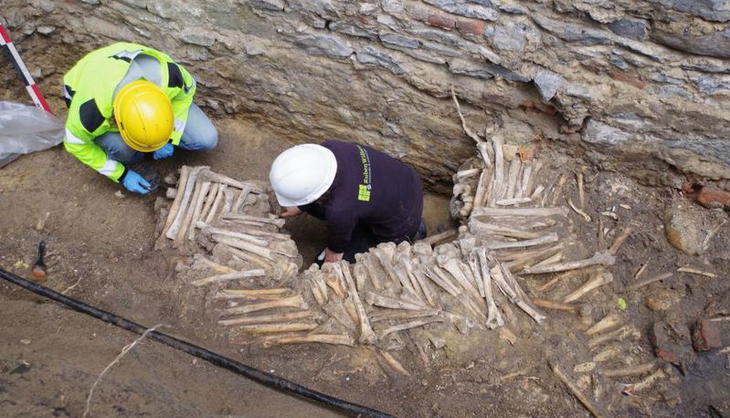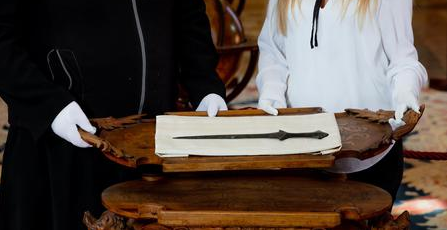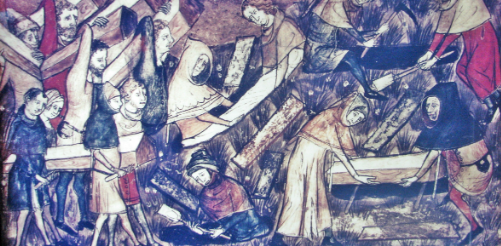More than 100 billion people have died since the Homo sapiens lineage first appeared roughly 50,000 years ago. And with so many bodies to bury, civilizations have repeatedly run out of convenient places to put them.
But humans are a resourceful bunch. To make room for new graves, the residents of Ghent, Belgium, apparently dug up some old burial grounds and assembled the bones interred within into nine walls. As Alan Hope reports for the Brussels Times, archaeologists conducting excavations ahead of construction of a cathedral’s new visitor’s center have now unearthed the remnants of these ghastly architectural feats.
Mert Kaya: Greeks must know someone is working for Islamized Greeks in Turkey
Discovered beneath Saint Bavo’s Cathedral, home of the famed Ghent Altarpiece, the newly discovered bone walls probably served a similar purpose to the catacombs of Paris, providing a second home for skeletal remains crowded out of old cemeteries.
So-called ossuaries aren’t uncommon, but typically, these chambers manifest in the form of loose pits filled with bones. The carefully constructed walls represent a first for Belgium, writes Janiek de Gryse, the archaeologist who led the excavation, in an email to Live Science’s Laura Geggel.
Read more: smithsonianmag





































